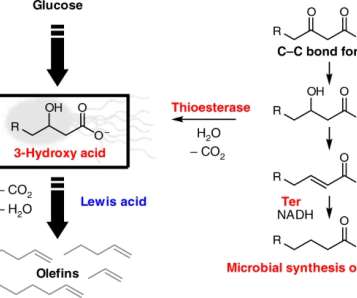Rice team demonstrates more efficient photocatalyst for converting ammonia to hydrogen
Green Car Congress
OCTOBER 7, 2018
Rice University nanoscientists have demonstrated a new catalyst that can convert ammonia into hydrogen fuel at ambient pressure using only light energy, mainly due to a plasmonic effect that makes the catalyst more efficient. Photo by LANP/Rice University). —,Rice Laboratory for Nanophotonics (LANP) Director Naomi Halas.























Let's personalize your content